I'm trying to repair an electrophysiology amplifier (AXOPATCH 200A). It has this power resistor which I desoldered because I suspected it was broken. The color code (red, green, black, gold) gives 25 Ohms / 5%, but it measures 16.6 Ohms. It is positioned directly between +5V and GND, so at 25 Ohms it is disipating 1W. My questions are:
- Is it really a power resistor? Is it in a bad shape or am I confused and it is another type of component?
- Which is it approximate power rating? (there are some components on the image that can give an idea of its size)
- Which could be the purpose of a resistor not doing anything other than disipating power??

